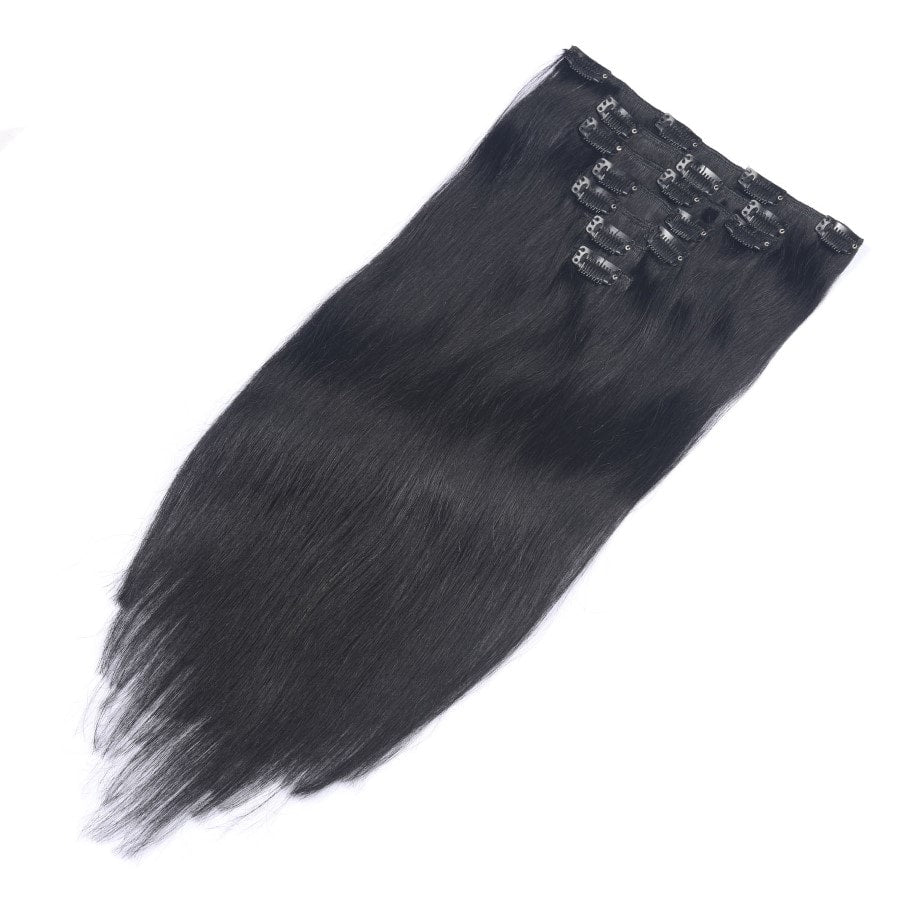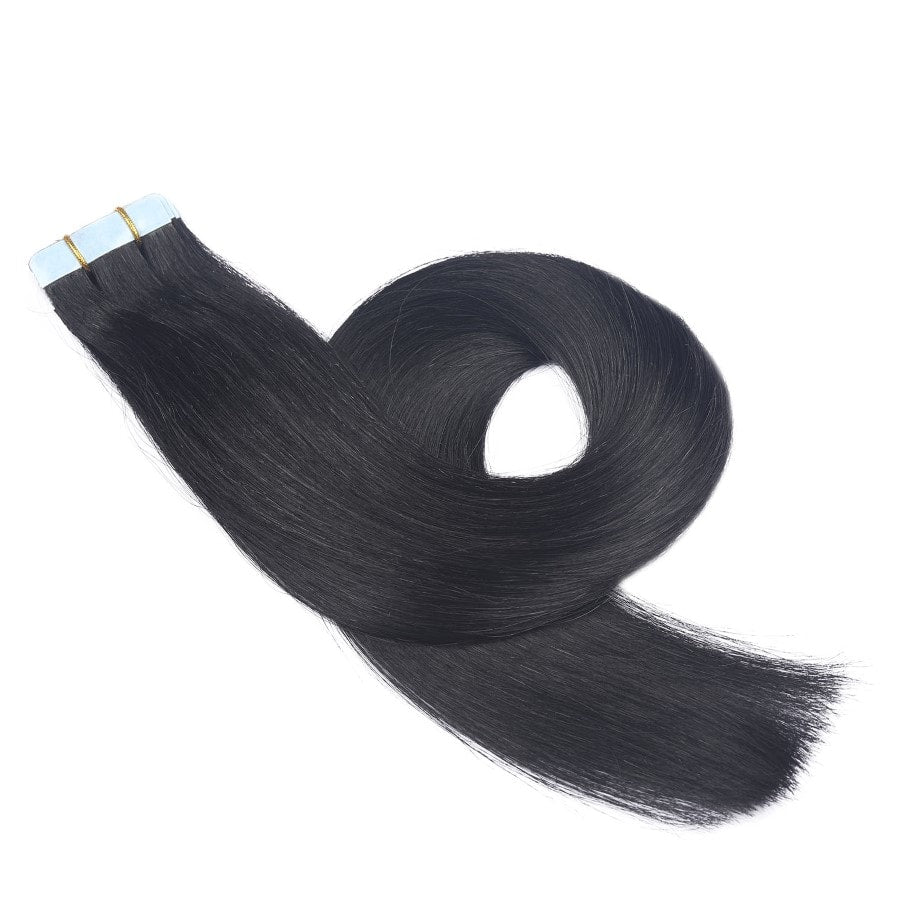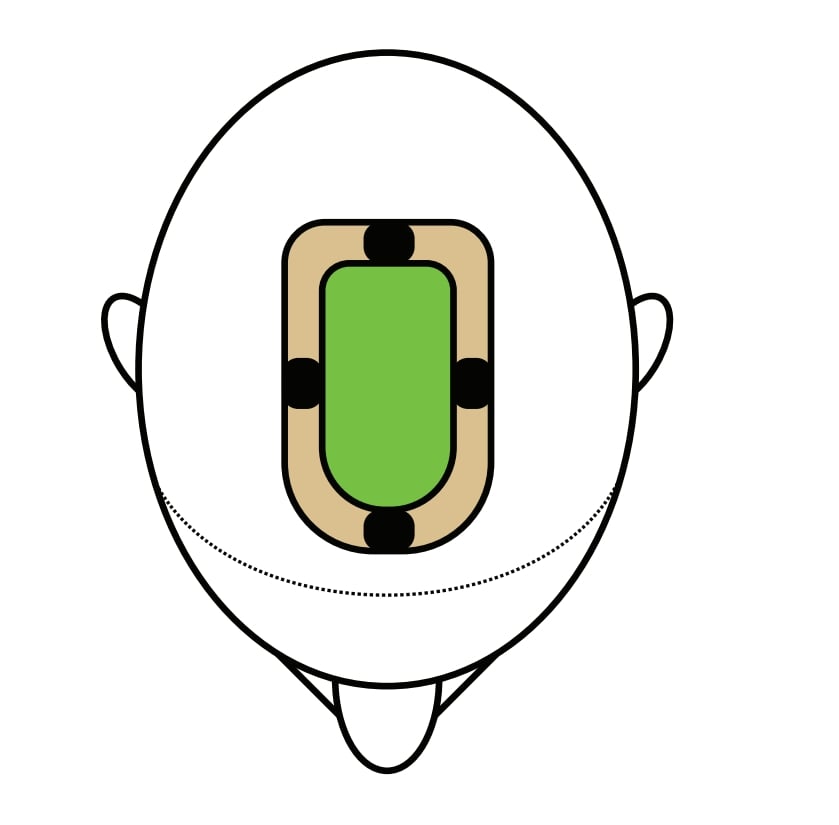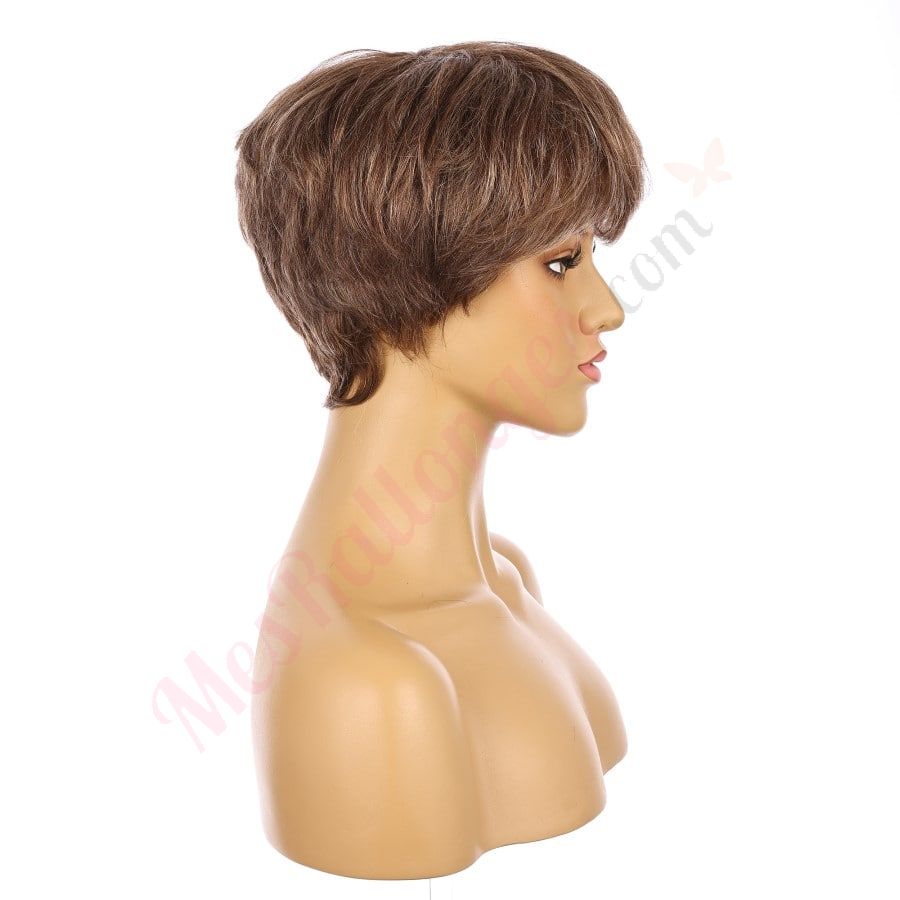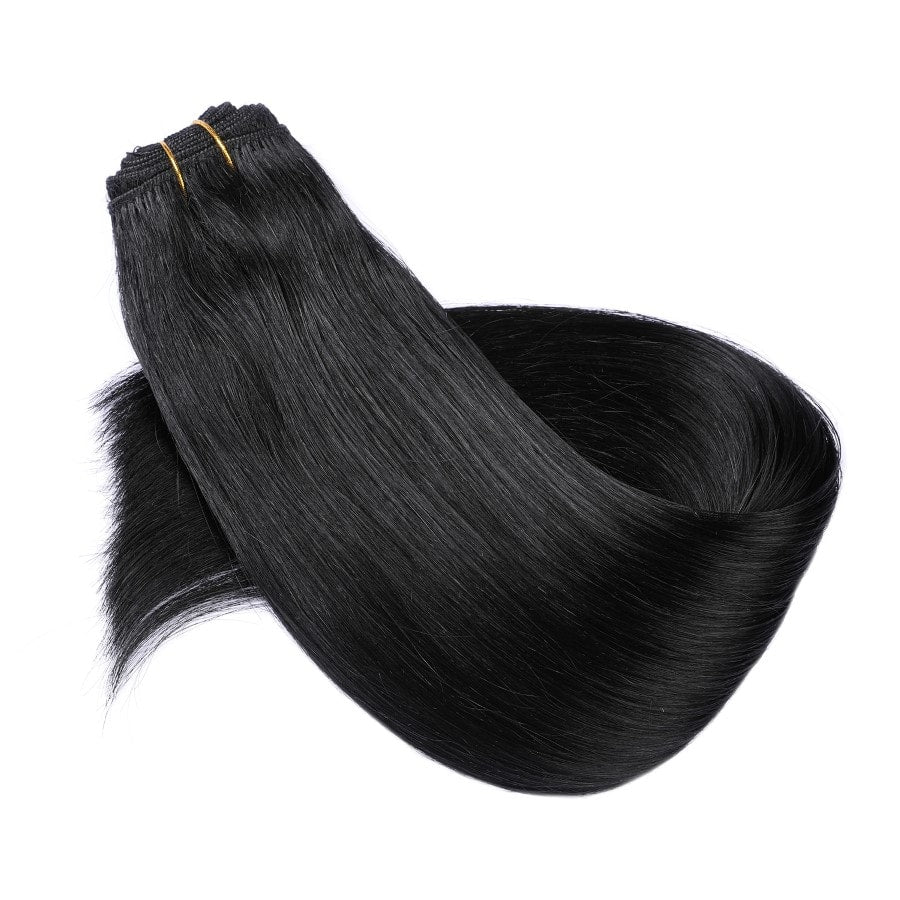Key Takeaways:
- Hair extensions can be used with braids and weaves to add volume, length, and versatility.
- Choose the right type of extensions (clip-in, tape-in, sew-in, fusion) based on your needs and preferences.
- Proper installation and maintenance are crucial for the health of your natural hair and the longevity of the extensions.
- Regular washing, moisturizing, and gentle handling are essential for maintaining extensions.
- Seek professional help for complex installations and removal to avoid damage.
Introduction
Many people love the versatility and style that braids and weaves offer. However, if you're looking to add more volume, length, or even a splash of color to your braids or weaves, you might be wondering if hair extensions are a viable option. The good news is that you can definitely use hair extensions with braids and weaves, provided you choose the right type and follow proper installation and maintenance techniques. In this blog post, we'll explore how to integrate hair extensions with braids and weaves to achieve the look you desire while maintaining the health of your natural hair.
Understanding Braids and Weaves
Types of Braids
Braids are a popular protective hairstyle that involves interlacing strands of hair. Some common types of braids include:
- Box Braids: Individual braids that are usually created with synthetic hair to add length and volume.
- Cornrows: Braids that are close to the scalp, often styled in straight lines or intricate patterns.
- Micro Braids: Very small, thin braids that can be styled in various ways.
- Ghana Braids: Also known as banana braids, these are similar to cornrows but thicker and often more elaborate.
Types of Weaves
Weaves involve sewing or bonding hair extensions into your natural hair. Some popular types of weaves include:
- Sew-In Weaves: Hair extensions are sewn into braided natural hair.
- Glue-In Weaves: Extensions are glued to the scalp or natural hair.
- Bonded Weaves: Similar to glue-ins but with a more secure bonding method.
- Lace Front Weaves: Extensions attached to a lace base, providing a natural-looking hairline.
Understanding these basic styles will help you choose the right type of hair extension and installation method for your needs.
Compatibility of Hair Extensions with Braids
Benefits of Using Extensions with Braids
- Increased Length and Volume: Adding extensions to braids can create a fuller, longer look.
- Protective Styling: Extensions can protect your natural hair by reducing the need for daily styling.
- Versatility: Extensions allow for a variety of styles and colors without altering your natural hair.
- Durability: Properly installed extensions can last for several weeks, maintaining the integrity of your braids.
Potential Challenges
- Tension and Breakage: Improper installation can cause tension on the scalp and hair breakage.
- Maintenance: Extensions require regular upkeep to prevent tangling and matting.
- Scalp Health: Heavy extensions can cause discomfort and affect scalp health if not managed properly.
- Cost: High-quality extensions and professional installation can be costly.
By understanding these benefits and challenges, you can make an informed decision about using hair extensions with braids.
Compatibility of Hair Extensions with Weaves
Benefits of Using Extensions with Weaves
- Enhanced Volume and Length: Adding extensions to weaves can significantly boost volume and length, providing a fuller and more luxurious look.
- Seamless Blending: Extensions can be blended seamlessly with weaves for a natural appearance.
- Versatility in Styling: Extensions allow you to experiment with different textures, colors, and styles without altering your natural hair.
- Long-Lasting Results: With proper care, extensions can maintain the desired style and appearance for an extended period.
Potential Challenges
- Scalp Irritation: The weight of the extensions can sometimes cause discomfort or irritation on the scalp.
- Hair Damage: Incorrect installation or poor quality extensions can lead to hair breakage and damage.
- Maintenance Requirements: Extensions with weaves require diligent care to prevent tangling, matting, and to maintain overall hair health.
- Cost and Time: High-quality extensions and professional installation can be both time-consuming and expensive.
Understanding these factors can help you decide if using hair extensions with weaves is the right choice for achieving your desired look.
Choosing the Right Extensions for Braids and Weaves
Clip-In Extensions
- Easy to Install: Clip-in extensions can be added or removed without professional help.
- Versatility: Ideal for those who want to change their look frequently.
- Low Maintenance: Requires less upkeep compared to other types of extensions.
- Temporary Use: Best for short-term styles or special occasions.
Tape-In Extensions
- Natural Look: Tape-in extensions lie flat against the scalp, creating a seamless blend with natural hair.
- Quick Installation: Can be installed relatively quickly by a professional.
- Reusable: High-quality tape-in extensions can be reused with proper care.
- Maintenance: Requires regular maintenance to avoid slippage and ensure longevity.
Sew-In Extensions
- Long-Lasting: Sew-in extensions can last several weeks with proper care.
- Secure: Ideal for those with active lifestyles, as they are securely sewn into braided hair.
- Volume and Length: Provides significant volume and length, ideal for dramatic transformations.
- Maintenance: Requires regular care to keep the scalp and extensions clean and healthy.
Fusion Extensions
- Strong Bond: Fusion extensions use a keratin bond to attach extensions to natural hair, offering a strong and durable hold.
- Natural Appearance: Blends seamlessly with natural hair for a realistic look.
- Customizable: Can be styled, colored, and cut to match your desired look.
- Professional Installation: Requires professional installation and removal to avoid damage to natural hair.
By selecting the right type of hair extension for your braids or weaves, you can achieve your desired look while maintaining the health and integrity of your natural hair.
Installation Tips
Preparing Your Hair
- Clean and Condition: Start with clean, well-conditioned hair to ensure a healthy base for the extensions.
- Detangle: Thoroughly detangle your hair to avoid knots and tangles during the installation process.
- Trim Ends: Trim any split or damaged ends to promote a smoother installation and healthier hair.
Installation Techniques
- Sectioning: Divide your hair into manageable sections for easier installation.
- Braiding: For sew-in extensions, create neat, secure braids as the foundation for the extensions.
- Application: Follow the specific instructions for the type of extensions you are using (clip-in, tape-in, sew-in, or fusion) to ensure a secure and natural-looking installation.
- Professional Help: Consider seeking professional assistance, especially for more complex installations like sew-in or fusion extensions.
Maintenance Tips
- Regular Washing: Wash your hair and extensions regularly with sulfate-free shampoos and conditioners to keep them clean and healthy.
- Moisturize: Keep your scalp and hair moisturized to prevent dryness and breakage.
- Avoid Heat: Minimize the use of heat styling tools to prevent damage to both your natural hair and the extensions.
- Gentle Handling: Handle your extensions with care, avoiding excessive pulling or tugging that can lead to breakage.
- Protective Styles: Use protective styles at night, such as braiding or wrapping your hair, to maintain the integrity of your extensions.
Following these installation and maintenance tips will help you achieve a long-lasting, beautiful look with your hair extensions, whether you have braids or weaves.
Conclusion
Using hair extensions with braids or weaves can be a fantastic way to enhance your look, adding volume, length, and versatility. By understanding the types of braids and weaves, the compatibility of extensions with these styles, and choosing the right type of extensions, you can achieve a seamless and natural appearance. Proper installation and maintenance are key to ensuring the longevity and health of both your natural hair and the extensions. Whether you opt for clip-ins, tape-ins, sew-ins, or fusion extensions, the right approach will allow you to enjoy beautiful, hassle-free hair.
FAQs
1. Can I wash my hair with extensions in braids or weaves? Yes, you can wash your hair with extensions in braids or weaves. Use a sulfate-free shampoo and conditioner, and ensure you dry your hair thoroughly to prevent mold or mildew.
2. How long can I keep extensions in braids or weaves? The duration varies depending on the type of extensions and your hair care routine. Generally, extensions can last from 6-8 weeks with proper care.
3. Will extensions damage my natural hair? Extensions should not damage your natural hair if installed and maintained correctly. Ensure you follow proper installation techniques and maintenance routines.
4. Can I style my hair with heat tools when I have extensions? Yes, but use heat styling tools sparingly and always apply a heat protectant to avoid damage to both your natural hair and the extensions.
5. How do I remove extensions from braids or weaves? It’s best to have extensions removed by a professional to avoid damage to your natural hair. If removing them yourself, follow the manufacturer’s instructions carefully.
By following these guidelines, you can confidently use hair extensions with braids or weaves to enhance your style while maintaining healthy hair.


